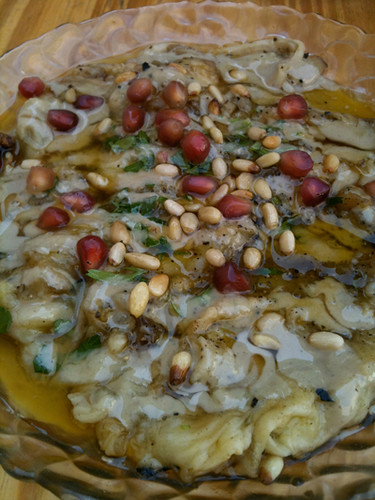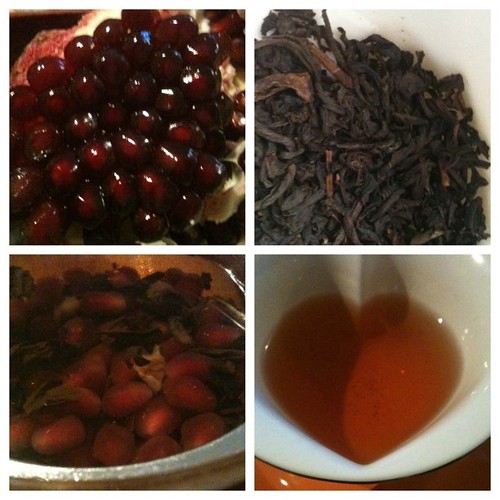Asian Pear & Fennel Salad
I particularly enjoy using Asian pears in savoury salads, as their texture is firm and they hold their shape through the tossing, turning or even marinating that I like to put my sturdy vegetables through. They are also not nearly as sweet as other pears, and are just a little more neutral and readily get along with other flavours.
Asian pears are particularly fantastic with crunchy, fresh fennel bulbs. I slice them as thinly as possible, add some shaved carrots (creative use for your vegetable peeler!) and toss them with pine nuts, goji berries and some pomegranate seeds if I happen to have some. And the best part is that this salad will taste amazing the next day, once the fennel seeds have soaked up some moisture and release more of their licorice-like sweetness. For this particular salad I used fresh, still green fennel seeds, so no marinating was necessary. If you are lucky to have some growing in your garden - or out in the wild - this is a marvelous way to use fresh spice.
I also was lucky to have a jar of marinated sweet & spicy butternut squash around and add it the first time around. I will post a recipe for marinated butternut squash another time!
1 bulb fresh fennel laved or quartered and then thinly sliced
1 ripe and firm Asian pear, cored, halved and thinly sliced
1 carrot, shaved with a vegetable peeler
1-2 Tbs raw pine nuts
2 Tbs dried goji berries
2 Tbs fresh pomegranate seeds (optional)
2 Tbs extra virgin olive oil (I prefer the Lebanese, Israeli or Greek oils; the majority of Italian olive oils that are imported to North America are dull and inferior)
Juice from half a lemon (about 1 Tbs)
1/2 tsp dried fennel seeds
Prepare all fruit and vegetables and toss in a salad bowl with the dressing. Garnish with pine nuts, goji berries and pomegranate seeds (if available). Serve immediately, or the next day (it will taste wonderful each time!).






